- Joined
- 28 November 2006
- Messages
- 699
- Reaction score
- 636
In Wikipedia you may find a quite decent entry on the Vulkan surface-to-air missile that contains its (planned) specifications. The entry itself repeats information from the Belgrade Aviation Museum's website (http://www.aeronauticalmuseum.com/eksponati.php?jez=sr&id=60)
Here you've got a handful of pictures of the Vulkan (and other Yugoslav rockets/missiles) including the Japanese Kappa rocket, whose technology was used by the Yugoslavs in development of the Vulkan as well as the Vulkan's variant with 7 boosters (instead of four in the eventual variant thereof).
And below there is a text of an article from the "Asahi Shimbun" newspaper that is referred (and linked) to in the Wikipedia entry (now the link is dead).
Piotr
Specifications:
Weight 1,413 kg (3,115 lb) at launch
Length 8.10 m (26.6 ft) total length at launch
length 5.24 m (17.2 ft) missile without booster rockets
Diameter 350 mm (14 in)
Engine RM-1000B sustainer 11.77 kN (2,650 lbf) thrust - sustainer, 245.25 kN (55,130 lbf) thrust - boosters
Propellant liquid fuel sustainer, solid-fuelled boosters
Operational range 30 km (19 mi)
Flight altitude 20 km (12 mi)
Speed Ma=2.5
Guidance system Radar initially with infra-red terminal guidance
Steering system Aerodynamic
Here you've got a handful of pictures of the Vulkan (and other Yugoslav rockets/missiles) including the Japanese Kappa rocket, whose technology was used by the Yugoslavs in development of the Vulkan as well as the Vulkan's variant with 7 boosters (instead of four in the eventual variant thereof).
And below there is a text of an article from the "Asahi Shimbun" newspaper that is referred (and linked) to in the Wikipedia entry (now the link is dead).
Japan rocket technologies misused by Yugo military in 1960s
Japanese-developed rocket technologies were used for military applications after they were exported to the former Yugoslavia in the early 1960s, as feared by the United States, according to military sources.
The United States expressed concerns about a possible diversion by the socialist country, which was developing its own missiles, shortly after the rocket was exported.
Japan exported a Kappa sounding rocket, a launcher, a fuel production facility and a radar system, with the understanding they would not be used for military purposes.
The former Yugoslavia used the launcher and the radar for experiments of its own anti-aircraft missile, the Vulkan, former Yugoslavian military officials told The Asahi Shimbun.
According to a former top military official, who was responsible for missile development, the primary objective was solid fuel, rather than the rocket itself.
The sophisticated fuel, with a long combustion time, would enable the development of a large rocket.
By 1962, the fuel production facility was installed at the Slobodan Princip Seljo military explosives factory in Vitez, a city in the current Bosnia and Herzegovina. The factory later became a major production center for missile and rocket bomb propellants.
The Kappa rocket was developed by the Institute of Industrial Science at the University of Tokyo and a manufacturer.
In November 1959, Hideo Itokawa, who led the development as a University of Tokyo professor, announced that Japan agreed to export the rocket to the former Yugoslavia and accept engineers from the country.
He reportedly said the former Yugoslavia agreed to promise in the contract not to use the rocket for military research.
Six years later, U.S. President Lyndon Johnson asked Prime Minister Eisaku Sato whether measures were in place to prevent the rocket from being converted to military use, according to U.S. State Department documents.
Japan exported a Kappa rocket and a launcher to Indonesia in 1965, but Malaysia protested, fearing a diversion to military applications.
It forced Sato to announce the nation’s three principles on arms exports in 1967. An export ban at the time only applied to communist nations and countries in conflicts. It was strengthened to cover other countries in 1976.
According to the former top military official, the former Yugoslavia started negotiations on buying the rocket from Japan when Itokawa visited Europe in summer 1958.
Yugoslavia kept its distance from the former Soviet Union after World War II, making it difficult to procure advanced weapons. It began developing its own missiles by the mid-1950s.
According to Itokawa’s announcement in December 1960, the Kappa rocket, the launcher and the fuel production facility were worth 170 million yen. The radar was exported later.
The rocket was capable of lifting 15-kilogram Earth observation equipment 60 kilometers above the ground.
A senior official of the company involved in the rocket development wrote in a magazine in the 1980s about the fuel production facility installed in the explosives factory in Vitez.
According to the article, Japanese engineers were stationed to provide detailed technical assistance and that factory managers were satisfied with the level of fuel produced.
The factory later exported missile and rocket bomb propellants to developing countries. In the former Yugoslavian conflict in the early 1990s, warring parties fought over the control of the Slobodan Princip Seljo factory.
According to sources, the fuel production facility exported from Japan still remains in the factory.
By ICHIRO MATSUO/ Staff Writer
Piotr
Attachments
-
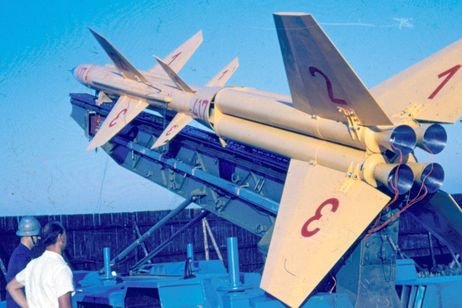 Vulkan_01.jpg33.5 KB · Views: 236
Vulkan_01.jpg33.5 KB · Views: 236 -
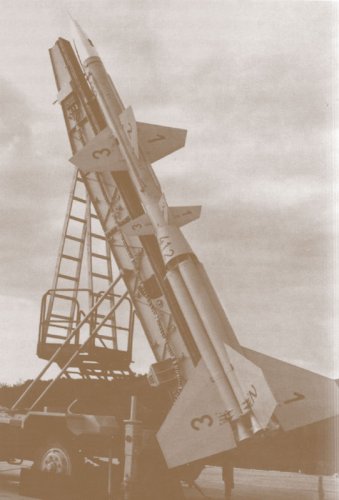 Vulkan_02.jpg59.8 KB · Views: 235
Vulkan_02.jpg59.8 KB · Views: 235 -
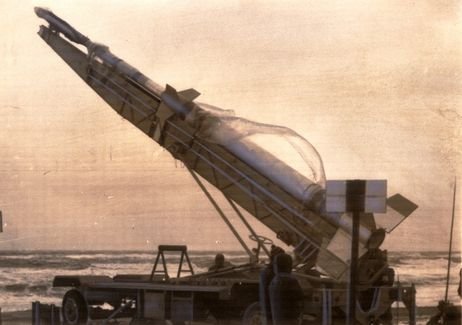 Kappa sounding rocket.jpg31.6 KB · Views: 231
Kappa sounding rocket.jpg31.6 KB · Views: 231 -
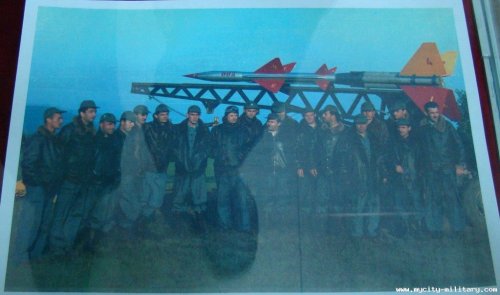 Vulkan_03.jpg113.1 KB · Views: 228
Vulkan_03.jpg113.1 KB · Views: 228 -
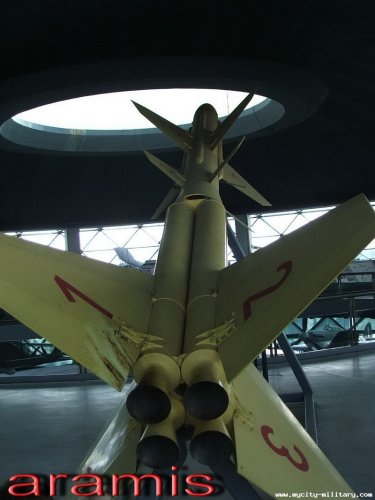 Vulkan_04.jpg129.7 KB · Views: 219
Vulkan_04.jpg129.7 KB · Views: 219 -
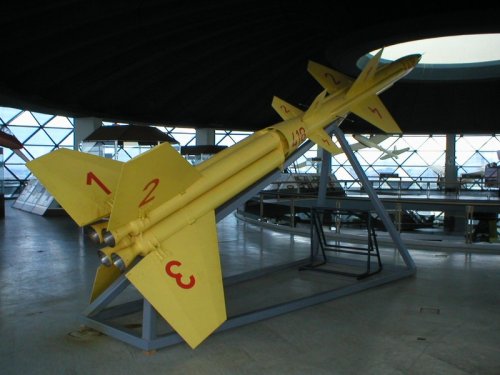 Vulkan_05.JPG317.4 KB · Views: 48
Vulkan_05.JPG317.4 KB · Views: 48 -
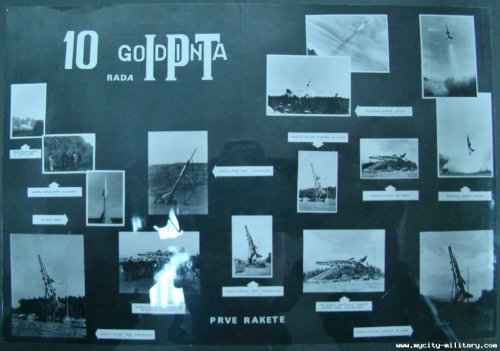 Various Yugo Rockets Missiles.jpg134.2 KB · Views: 53
Various Yugo Rockets Missiles.jpg134.2 KB · Views: 53 -
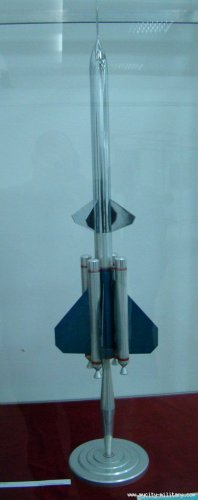 Model Yugo Rocket.jpg56.5 KB · Views: 59
Model Yugo Rocket.jpg56.5 KB · Views: 59 -
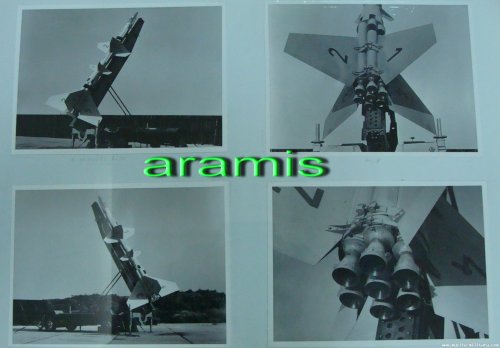 Vulkan 7 boosters.jpg436.5 KB · Views: 53
Vulkan 7 boosters.jpg436.5 KB · Views: 53 -
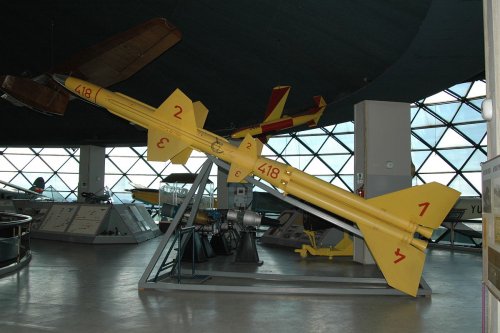 Vulkan Wikipedia.jpg153.6 KB · Views: 62
Vulkan Wikipedia.jpg153.6 KB · Views: 62
